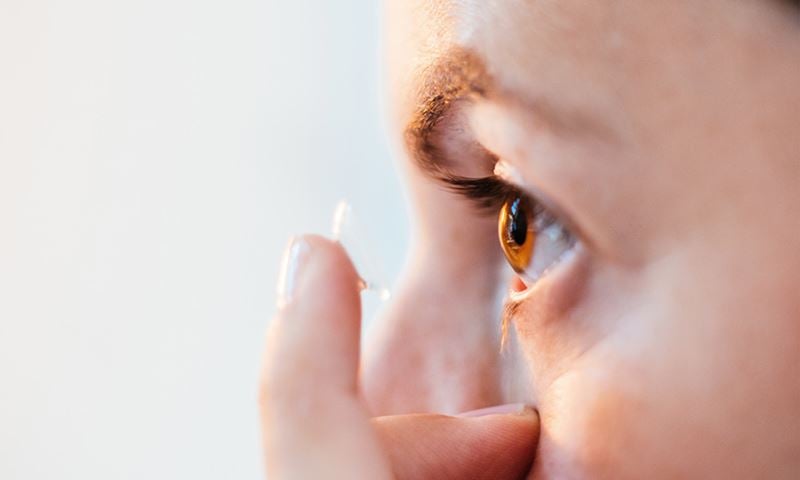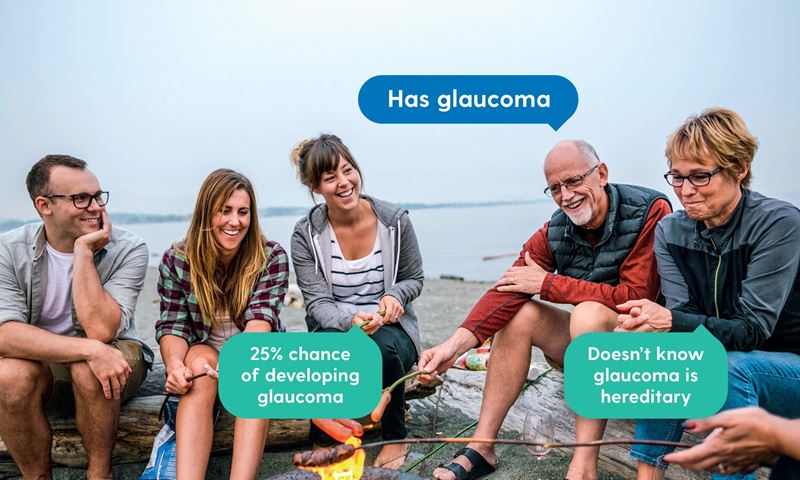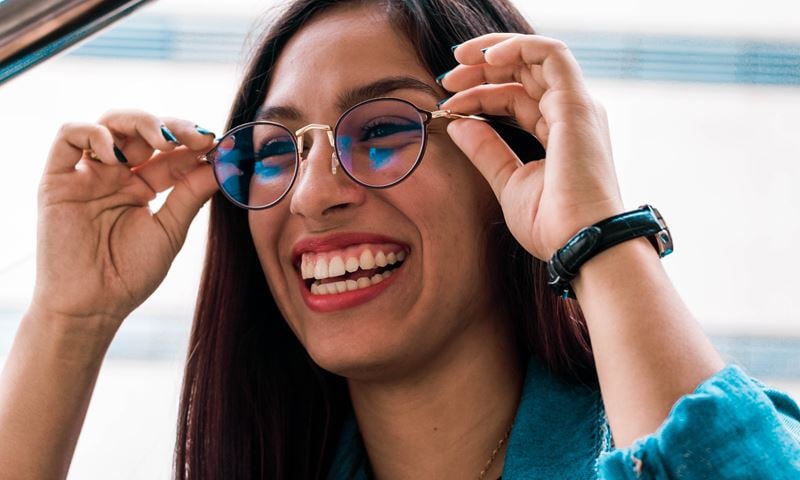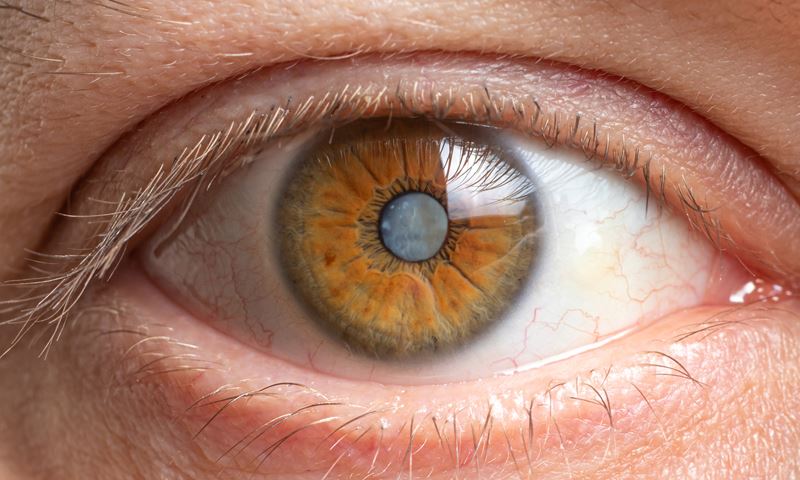Imagine this. You’re getting ready to go hiking. You put on your walking shorts and a loose fitting t-shirt, pop on your hiking socks and then slide your feet into…your slippers. You always wear your slippers – they’re comfy, soft and fit you so well. It’s what you always wear. But they’re certainly not suited to the activity ahead.
You wear runners for sport, dress shoes for events and slippers at home. You choose the shoe that best fits the purpose. The same can be said about contact lenses versus glasses. Sometimes contact lenses are suited to the occasion and sometimes glasses will do.
Alice Bongers, GMHBA optometrist, knows all about the versatility of contact lenses. Here she shares her knowledge to help you make a more informed decision about contact lenses.
The history of contact lenses
In 1888 the first contact lenses were fitted. Made from blown glass, they were very heavy and uncomfortable. Thankfully modern day contact lenses have evolved a lot since then. These days contact lenses are available in a range of different materials and sizes as well as in multifocal lens designs to correct both your distance and near vision.
Contact lenses are available to correct for refractive error including:
- Short-sightedness
- Long-sightedness
- Astigmatism
- Presbyopia
- Some ocular or physical deformities
What are the different types of contact lenses?
Soft contact lenses are the most popular contact lens option worldwide. Soft contact lenses are made from soft, flexible plastics and generally provide excellent vision comfort as well as a shorter period for the user to adapt to them.
Hard contact lenses, or rigid gas permeable (RGP) lenses are made from harder, durable plastics. Given the more durable material, they may offer sharper vision improvements for some patients but tend to have a longer initial adaption time.
Are contact lenses comfortable to wear?
Contact lenses are known for providing excellent vision and comfort. So comfortable, that many patients may say that they can’t feel the contact lens on the eye once it has settled. If you are having troubles with comfort, please don’t hesitate to talk to your optometrist for help.
I normally wear multifocal glasses; can I wear contact lenses?
Yes, multifocal contact lenses are now available in several materials and designs.
How do I go about getting fitted with contact lenses?
The first step to wearing contact lenses is to book an appointment to see your optometrist. They will start with a general eye examination, then advise you on the suitability of contact lenses and which lens will be best for you.
Usually, trial lenses are organised. The optometrist will also organise an appointment to check the fit of the lenses to teach you how to insert, remove, handle and look after the lenses.
Are contact lenses hard to put in and take out?
Inserting and removing contact lenses does take some practice and some people will get it quicker than others. Like riding a bike, with practice, it will usually get easier. Your optometrist will be there to guide you through the process, answer your questions and show you different techniques that may help.
At what age can you start wearing contact lenses?
Young children, and in some instances, babies are fitted with contact lenses for various reasons. Age is not always a barrier for contact lens wear.
Can I wear contact lenses for sport?
Yes, contact lenses have a lot of advantages for sport as they provide good vision, are more stable than spectacles and are not affected by rain, fog or reflections.
Generally, soft contact lenses are the best choice for wear during sport as they tend to move around less on the eye compared to gas permeable lenses. Disposable soft contact lenses are also great as they give a fresh, smooth surface every day with a new lens.
Can a contact lens go behind my eye?
Contact lenses are generally very good at staying in place on the front surface of the eye (cornea). If it does become dislodged, it will likely settle under the upper or lower lid. As the eye and inner eyelid is protected with a continuous layer, the lens cannot go further. Make sure if the contact lens has dislodged, you remove it rather than leave it in.
Next steps
Whether you have an upcoming special event, want to rely less on your glasses for sport, social or occupational reasons, or simply just want to change things up, contact lenses might be for you.
Book in to see an optometrist at GMHBA Eye Care to find out more about contact lenses or check out GMHBA Eye Care's current offers on contact lenses.



